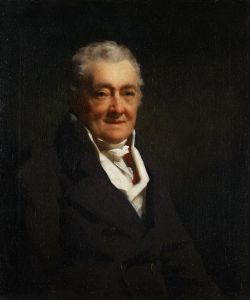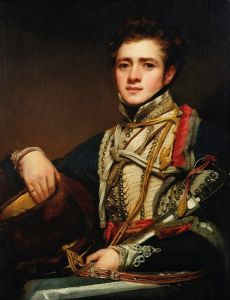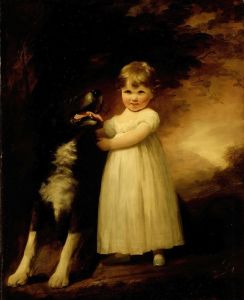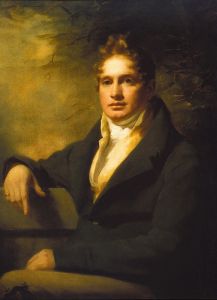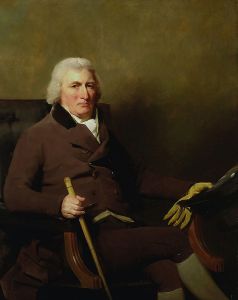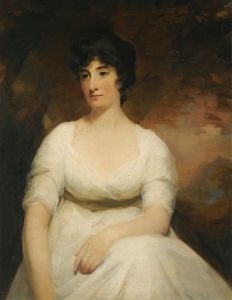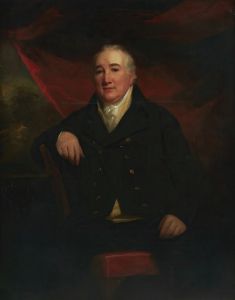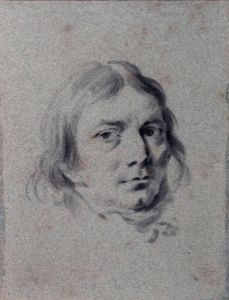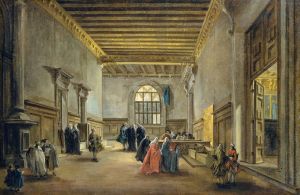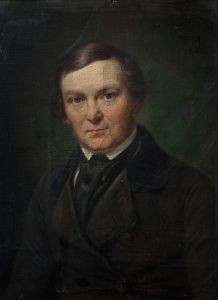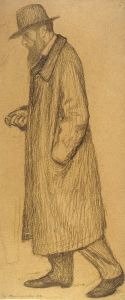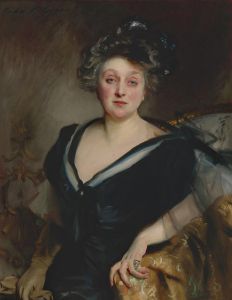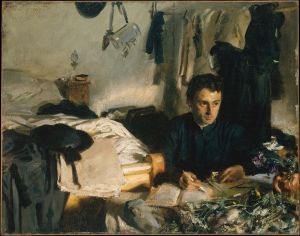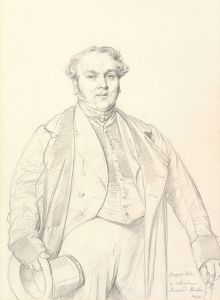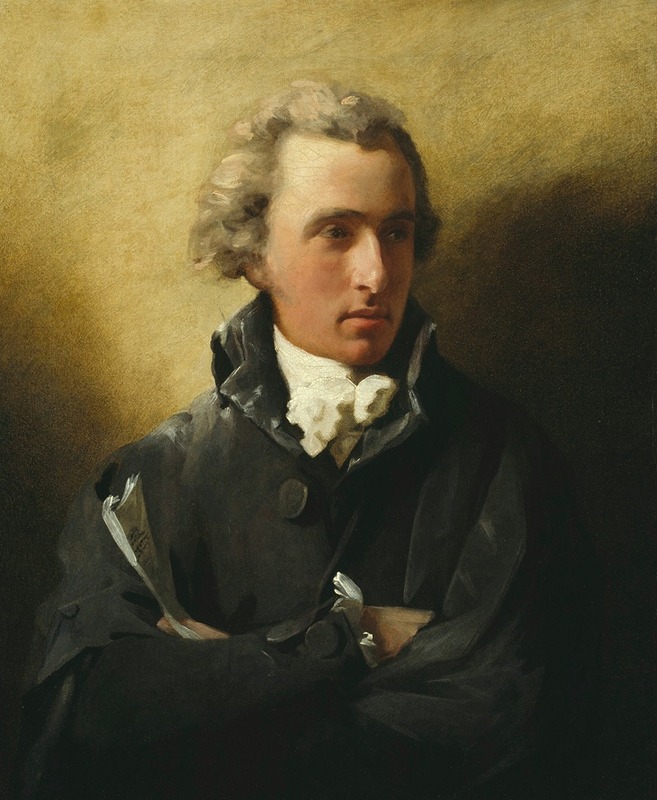
Robert Brown of Newhall
A hand-painted replica of Sir Henry Raeburn’s masterpiece Robert Brown of Newhall, meticulously crafted by professional artists to capture the true essence of the original. Each piece is created with museum-quality canvas and rare mineral pigments, carefully painted by experienced artists with delicate brushstrokes and rich, layered colors to perfectly recreate the texture of the original artwork. Unlike machine-printed reproductions, this hand-painted version brings the painting to life, infused with the artist’s emotions and skill in every stroke. Whether for personal collection or home decoration, it instantly elevates the artistic atmosphere of any space.
"Robert Brown of Newhall" is a portrait painting by the renowned Scottish artist Sir Henry Raeburn. Raeburn, born in 1756 in Edinburgh, is celebrated for his significant contributions to portraiture during the late 18th and early 19th centuries. His works are noted for their insightful character studies and the ability to capture the essence of his subjects, often members of the Scottish Enlightenment and the upper echelons of society.
The painting depicts Robert Brown, a figure associated with Newhall, although specific details about Brown's life and his connection to Newhall are not extensively documented in historical records. Raeburn's portraits typically feature individuals of some prominence or influence, suggesting that Brown held a position of some significance, possibly within the local community or in a professional capacity.
Raeburn's technique in this portrait, as in many of his works, demonstrates his mastery of light and shadow, which he used to create a sense of depth and realism. His ability to render textures, such as the fabric of clothing and the subtle tones of flesh, is evident in this painting. The portrait likely captures Brown in a dignified pose, a common characteristic of Raeburn's style, which aimed to convey the status and personality of the sitter.
The background of the painting is typically understated, a hallmark of Raeburn's approach, which often focused attention on the subject rather than elaborate settings. This technique allows the viewer to engage directly with the subject's expression and demeanor, providing insight into their character.
Raeburn's portraits are also known for their psychological depth. He had a unique ability to portray his subjects with a sense of individuality and presence, often capturing a moment of introspection or a subtle expression that suggests their inner life. This skill is likely evident in "Robert Brown of Newhall," where the sitter's gaze and posture would contribute to the narrative of the portrait.
The painting is part of Raeburn's extensive body of work, which includes portraits of many notable figures of his time. His influence extended beyond Scotland, and he was eventually knighted by King George IV in 1822, recognizing his contributions to the arts. Raeburn's legacy is preserved in numerous collections, with his works held in high esteem for their artistic and historical value.
"Robert Brown of Newhall" exemplifies Raeburn's ability to blend technical skill with an insightful portrayal of character, making it a valuable piece for understanding the social and cultural context of the period in which it was created. The portrait not only reflects the individual it depicts but also serves as a testament to Raeburn's enduring impact on the art of portraiture.





